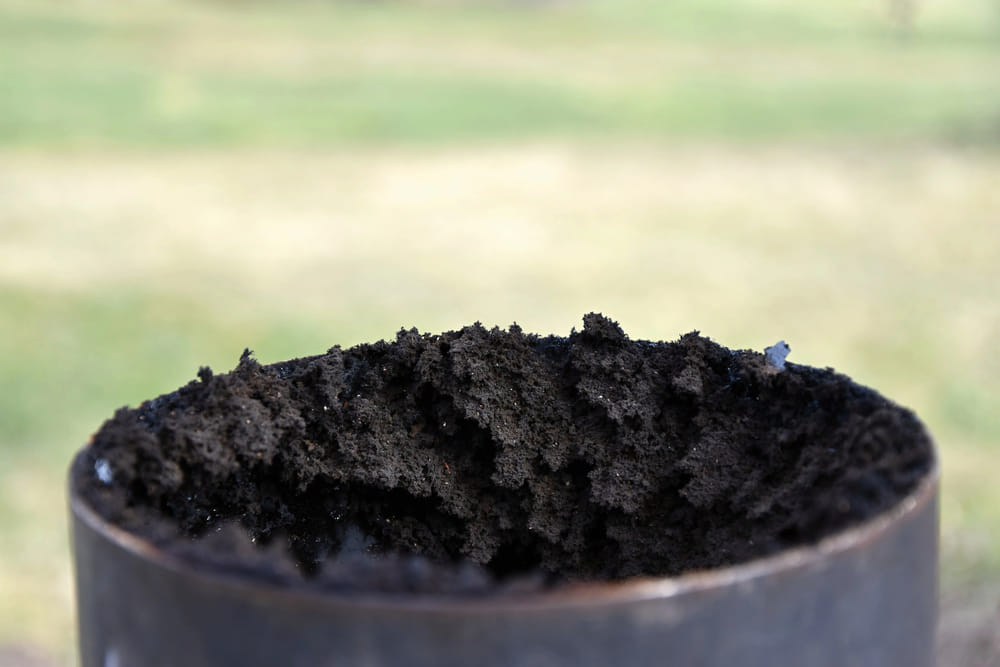
Do you need to clean your chimney if you don't use your fireplace?
The short answer is yes – even an unused chimney still requires regular maintenance. Over time, issues like animal nests, soot buildup, structural damage, and moisture problems can develop, posing risks to your home and health.
What Happens if You Don't Maintain Your Chimney & Fireplace?
Your fireplace and chimney are more than just decorations. They are an integral part of your home’s ventilation system. Here’s a list of things that can happen if you don’t inspect and clean your chimney and fireplace.
Pests & Nests
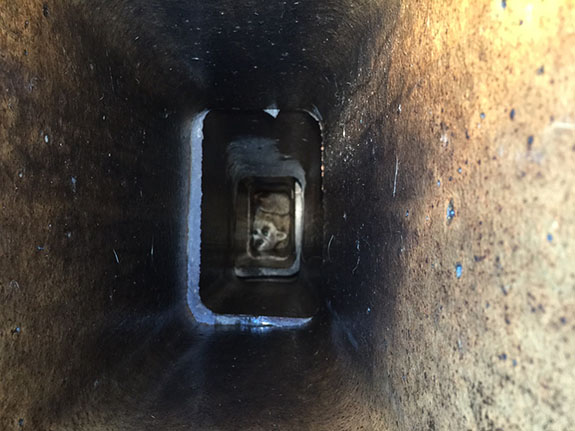
Your uncapped chimney may look like the perfect new home for birds, raccoons, and squirrels, especially if it hasn’t been used for a while. Nesting debris like wood and mud can quickly clog a chimney, and that’s not the only thing they leave behind (if you know what we mean). Why is this a problem if you’re not using the fireplace? Two words: The smell.
If your fireplace has a different smell (decomposing matter or animal waste), that’s also a sign it needs a good cleaning.
If you happen to hear skittering, scratching, or chirping coming from your chimney, it probably has an active resident. Call your local animal rescue immediately; these experts can safely remove the animal and return it back to the wilderness. Under no circumstances should you try to build a fire and smoke the animal out.
Toxic Fumes & Soot Buildup
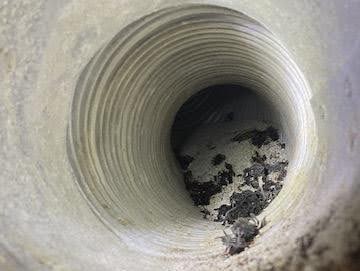
If you use a gas or oil-fueled appliance, such as a furnace, it relies on the chimney for proper exhaust venting. It takes harmful by-products (like carbon monoxide) created by burning these fuels and “exhales” them outside, where they’re no longer a danger to the home’s inhabitants.
In addition to carrying off toxic gases, chimneys also create the draft (like an “inhale,” or flow of air) that provides the proper air and fuel mixture for efficient operation of the heating appliance.
Oil-fueled appliances can generate soot, which is known to build up in flues and chimney liners, just like the soot that is generated from wood fires. Excessive soot causes problems that range from chimney fires to flue deterioration and chimney blockages that can direct toxic fumes back into the house.
Another scenario would be natural gas. Natural gas is a clean-burning fuel, but today’s high-efficiency gas furnaces pose a special problem. The fumes they produce are cooler and contain high levels of water vapor, which are more likely to cause condensation than those produced by older models.
Since these vapors also contain chemicals picked up from house-supplied combustion air, the flues can be subject to corrosive conditions.
Not only that, but many gas appliances use chimneys that once served oil furnaces. If the liners of these chimneys are made of terracotta, they deteriorate particularly fast when the corrosive gas vapors mix with old oil soot deposits. The result is debris that builds up at the bottom of the flue and blocks the chimney.
In many cases, this buildup and damage occur without any external symptoms. Without regular inspections, you won’t know there is a problem until it turns into a dangerous situation requiring an expensive repair.
Chimney Damage
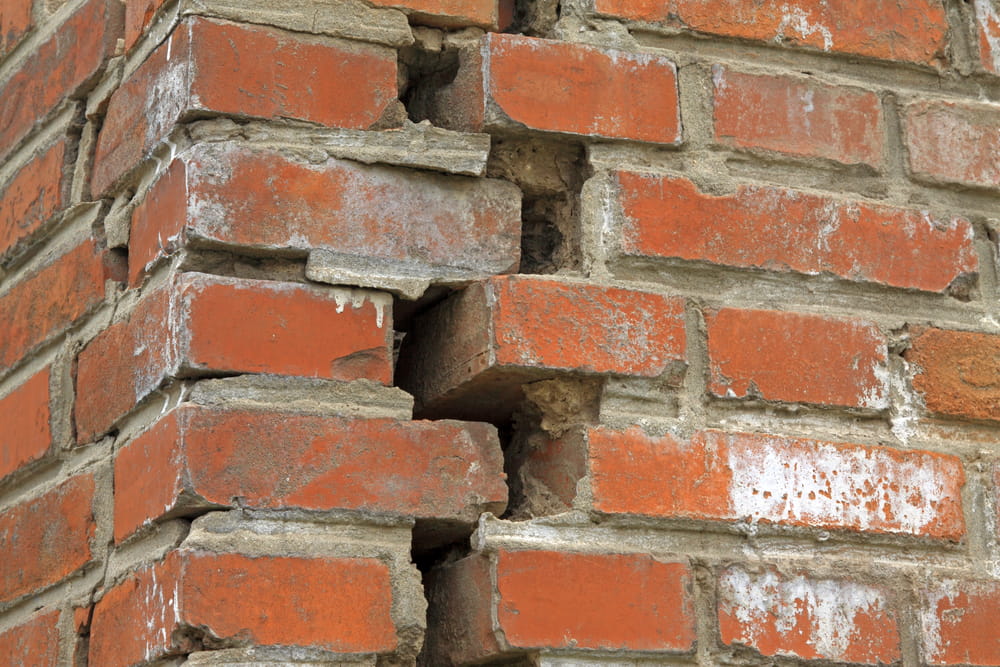
Weather and moisture from rain, snow, and ice are a constant threat to your chimney, causing cracks, deterioration, or even shifting of the structure. If left unaddressed, this damage can worsen to the point where parts of the chimney may collapse, creating a serious hazard for your home and anyone nearby.
Moisture

Even if you don’t use your fireplace, moisture entering your chimney can lead to a range of costly and hazardous issues. Water intrusion can cause mold growth, which may damage household items and pose health risks. Moisture can also lead to rusted or deteriorated chimney parts, interior and exterior staining, and cracks in the flue lining system.
Learn more by visiting our blog on: Preventing Water in Chimneys & Fireplaces.
How Can You Tell if It’s Time to Clean Your Chimney & Fireplace?
Not all chimney problems are immediately visible, some can only be detected using specialized cameras that navigate hidden areas within the flue. However, there are often signs that suggest it’s time for a cleaning or inspection, such as:
- Poor airflow through the flue
- Debris or evidence of animals inside the chimney
- Noticeable soot buildup
- Mold or mildew odors
It is also important to keep in mind that the National Fire Protection Association (NFPA) recommends having your chimney, fireplace, and vents inspected at least once per year, as well as cleaned and repaired if necessary.
To learn more, visit our blog post on: When to Clean Your Chimney.
Frequently Asked Questions
Still not sure if you need to clean your chimney if you don't use your fireplace? Explore the frequently asked questions below.
How Often Should a Chimney Be Cleaned?
Annual inspections are recommended to keep your chimney in safe working condition. These checkups may include cleaning, maintenance, and repairs, depending on the condition of the system.
How Much Does It Cost to Get a Chimney Cleaned?
The cost of chimney cleaning varies based on factors like your location, the type of chimney, and the rates of your service provider. A professional inspection can give you an accurate estimate. If you are in Ohio or Michigan, contact Doctor Flue!
Do Creosote Sweeping Logs Actually Work?
Yes, creosote sweeping logs can be effective, to a degree. These logs contain a chemical catalyst that can reduce early-stage creosote buildup by up to 60% with regular use. However, they are not a substitute for a professional cleaning. A licensed chimney cleaning professional can remove all stages of creosote and inspect for hidden damage.
Learn more by visiting our post on: Do Creosote Sweeping Logs Work?
Do I Need to Clean a Chimney If I Don’t Have a Fireplace?
Yes, even if you don’t have a fireplace, your chimney still needs regular cleaning. Moisture can accumulate in the flue, and animals or debris may enter, causing blockages or damage. Routine maintenance also helps identify any structural issues that could compromise the chimney's integrity.
If your chimney serves as a vent for another appliance, keeping it clean ensures proper airflow, improves efficiency, and helps prevent the backflow of toxic gases into your home.
Do I Need to Vent My Unused Chimney?
Just like regular cleaning, proper ventilation is essential for unused chimneys. Without it, moisture can become trapped inside, leading to the growth of mold and mildew, which may pose health risks and cause costly repairs.
Should I Remove My Chimney & Fireplace?
Removing a chimney and fireplace is a major expense and not always the best option. If you plan to sell your home in the future, keeping the fireplace could be a valuable asset, especially since surveys show that 77% of buyers are willing to pay more for a home with a fireplace. Unless removal is necessary for structural or design reasons, it’s often worth maintaining your existing system.
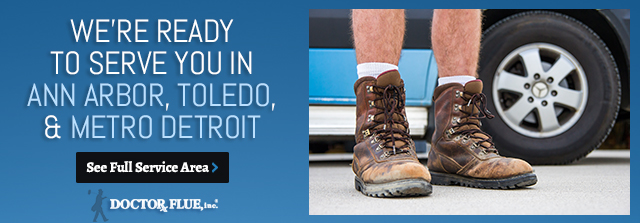
Schedule an Inspection of Your Fireplace & Chimney Today!
With over 35 years of experience serving homeowners across Michigan and Ohio, our team at Doctor Flue is dedicated to keeping your chimney and fireplace systems safe, efficient, and well-maintained, whether you use them or not.
Don’t wait for problems to appear, give us a call today at (800) 438-3583 or contact us online to request a quote!
Call Us: 1-800-438-3583
Email Us: office@drflue.com
Office Hours: Mon-Fri: 8am-4pm
Connect with Doctor Flue on Social Media
